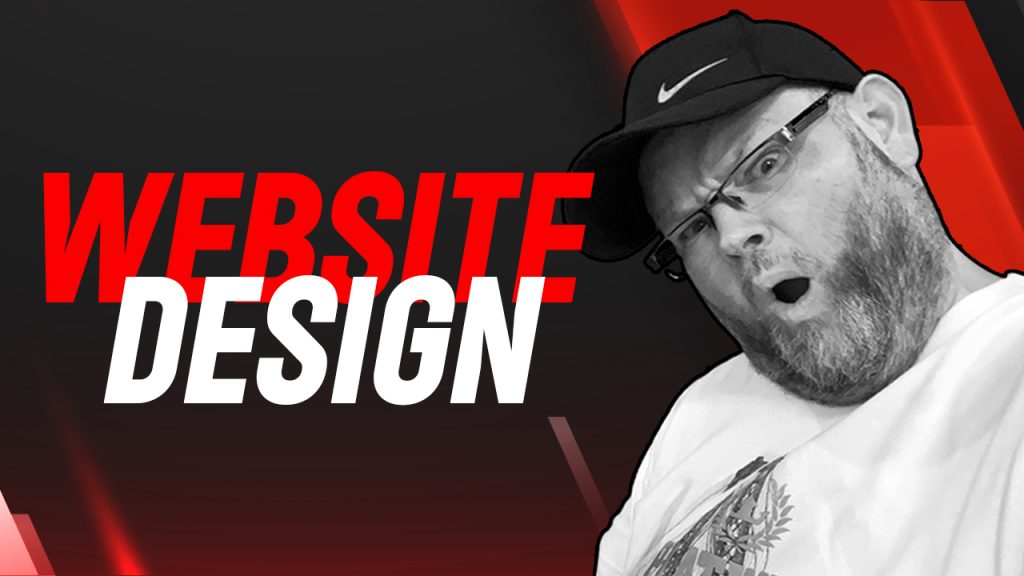
In the vast digital landscape, where attention spans are short and competition is fierce, web design has become an art form in its own right. Among the myriad of tools and techniques available to designers, one stands out for its ability to captivate and engage audiences: color theory. Welcome to our exploration of “Using Color Theory for Striking Web Design.” In this blog, we’ll delve into the fascinating world of color psychology and its profound impact on user experience. From understanding the emotional resonance of different hues to mastering the principles of color harmony, we’ll uncover how strategic color choices can elevate your website from ordinary to extraordinary. Whether you’re a seasoned designer looking to refine your skills or a newcomer eager to make your mark, this guide will equip you with the knowledge and inspiration to create visually stunning and highly effective web designs. So, let’s harness the power of color theory and transform your digital presence into an immersive and unforgettable experience.
Color Contrast: Enhancing Readability and Accessibility
Color plays a vital role in web design, not only for aesthetics but also for usability and accessibility. One crucial aspect of color usage is contrast, which directly impacts readability and accessibility for all users, including those with visual impairments. In this blog post, we’ll delve deep into the significance of color contrast in web design, exploring its importance, principles, and practical techniques to ensure your website is inclusive and user-friendly.
Importance of Readability
Readable content is essential for all users to understand and engage with your website effectively. Insufficient contrast between text and background can make content difficult to read, leading to user frustration and abandonment. By prioritizing readability through proper color contrast, you can enhance the user experience and keep visitors engaged.
Accessibility for All Users
Web accessibility is a critical consideration in modern web design, ensuring that websites are usable by people of all abilities. Adequate color contrast is particularly crucial for users with visual impairments, such as color blindness or low vision, as it enables them to perceive content more easily and navigate the site without barriers.
WCAG Guidelines
The Web Content Accessibility Guidelines (WCAG) provide specific criteria for color contrast ratios to ensure accessibility compliance. By adhering to these guidelines, designers can create websites that are accessible to a broader audience. Understanding WCAG requirements is essential for designing inclusive digital experiences.
Calculating Contrast Ratios
Contrast ratios determine the level of contrast between text and background colors, with higher ratios indicating better readability. Several online tools and color contrast checkers are available to help designers calculate and assess contrast ratios, allowing them to make informed decisions about color choices.
Techniques for Enhancing Contrast
There are various techniques designers can employ to enhance color contrast and improve readability. These include choosing appropriate text and background colors, adjusting font weights and sizes, and incorporating subtle visual cues such as shadows or outlines to enhance clarity.
Trends in Web Design: Harnessing the Power of Color
In the ever-evolving landscape of web design, color trends play a pivotal role in shaping the aesthetic and user experience of websites. As technology advances and design preferences evolve, staying abreast of the latest color trends is essential for creating visually captivating and engaging digital experiences. In this blog post, we’ll explore some of the current trends in web design color usage, highlighting how designers can leverage color to create modern and impactful websites.
Dark Mode Dominance
Dark mode has emerged as a dominant trend in web design, offering users a sleek and visually appealing alternative to traditional light interfaces. Dark backgrounds with vibrant accent colors not only reduce eye strain in low-light environments but also provide a modern and sophisticated look. Designers are increasingly embracing dark mode to enhance the overall user experience and aesthetic appeal of their websites.
Vibrant Color Gradients
Color gradients have made a significant comeback in web design, adding depth, dimension, and visual interest to websites. Vibrant and dynamic gradient combinations create a sense of movement and excitement, captivating users and drawing attention to key elements. From subtle transitions to bold, multi-color gradients, designers are harnessing the power of gradients to create immersive and engaging web experiences.
Minimalistic Color Palettes
Minimalism continues to be a prevalent design trend, characterized by simplicity, clarity, and a focus on essential elements. Minimalistic color palettes typically feature neutral tones such as whites, grays, and blacks, accented with a single bold color for contrast and emphasis. This restrained approach to color creates a clean and elegant aesthetic, allowing content to take center stage while maintaining visual harmony.
Retro Revival
Nostalgia-inspired color schemes reminiscent of past decades have gained traction in web design, tapping into vintage aesthetics to evoke feelings of nostalgia and familiarity. Retro color palettes often feature bold, saturated hues, playful pastels, and contrasting combinations that harken back to the vibrant designs of the ’80s and ’90s. By infusing a retro vibe into modern websites, designers can create memorable and nostalgic user experiences.
Bold and Contrasting Color Blocks
Designers are embracing bold and contrasting color blocks to create visually striking and attention-grabbing layouts. This trend involves juxtaposing vibrant colors in large, distinct sections, creating a sense of rhythm, hierarchy, and visual flow. By strategically using color blocks to highlight content and create visual interest, designers can make a bold statement and leave a lasting impression on users.
Color Tools for Web Designers: Simplifying the Design Process
Color selection is a critical aspect of web design, influencing aesthetics, user experience, and brand identity. Fortunately, numerous color tools are available to simplify the design process for web designers, enabling them to choose, create, and implement color schemes with ease. In this post, we’ll explore some essential color tools that can streamline your design workflow and empower you to create visually stunning websites.
- Color Palette Generators: Tools like Adobe Color and Coolors allow designers to generate cohesive color palettes based on various parameters such as complementary, analogous, or monochromatic colors. These generators offer inspiration and flexibility in exploring different color combinations.
- Color Pickers and Eye Droppers: Color pickers and eyedropper tools, integrated into design software like Adobe Photoshop and Sketch, enable designers to select precise colors from images or web elements. This ensures accuracy and consistency in color matching throughout the design process.
- Browser Extensions: Extensions like ColorZilla for Chrome and Firefox provide convenient color picking and analysis directly within the browser. Designers can identify colors used on existing websites, extract color palettes, and save them for future reference or inspiration.
- Contrast Checkers: Accessibility is paramount in web design, and contrast checkers such as WebAIM’s Contrast Checker help ensure that text is legible against background colors. These tools evaluate color combinations based on WCAG guidelines, helping designers create accessible and inclusive designs.
By leveraging these color tools, web designers can streamline the design process, save time, and unleash their creativity.
Conclusion
At Rank Fortress, we recognize the pivotal role color theory plays in crafting captivating web designs that effectively engage and resonate with audiences. Leveraging our understanding of color psychology, we implement strategic color schemes tailored to evoke specific emotions and responses, enhancing user experience and driving conversion rates. By harnessing the power of color, we empower businesses to establish strong online presences and leave lasting impressions on visitors, ultimately contributing to their success in the competitive digital landscape.

